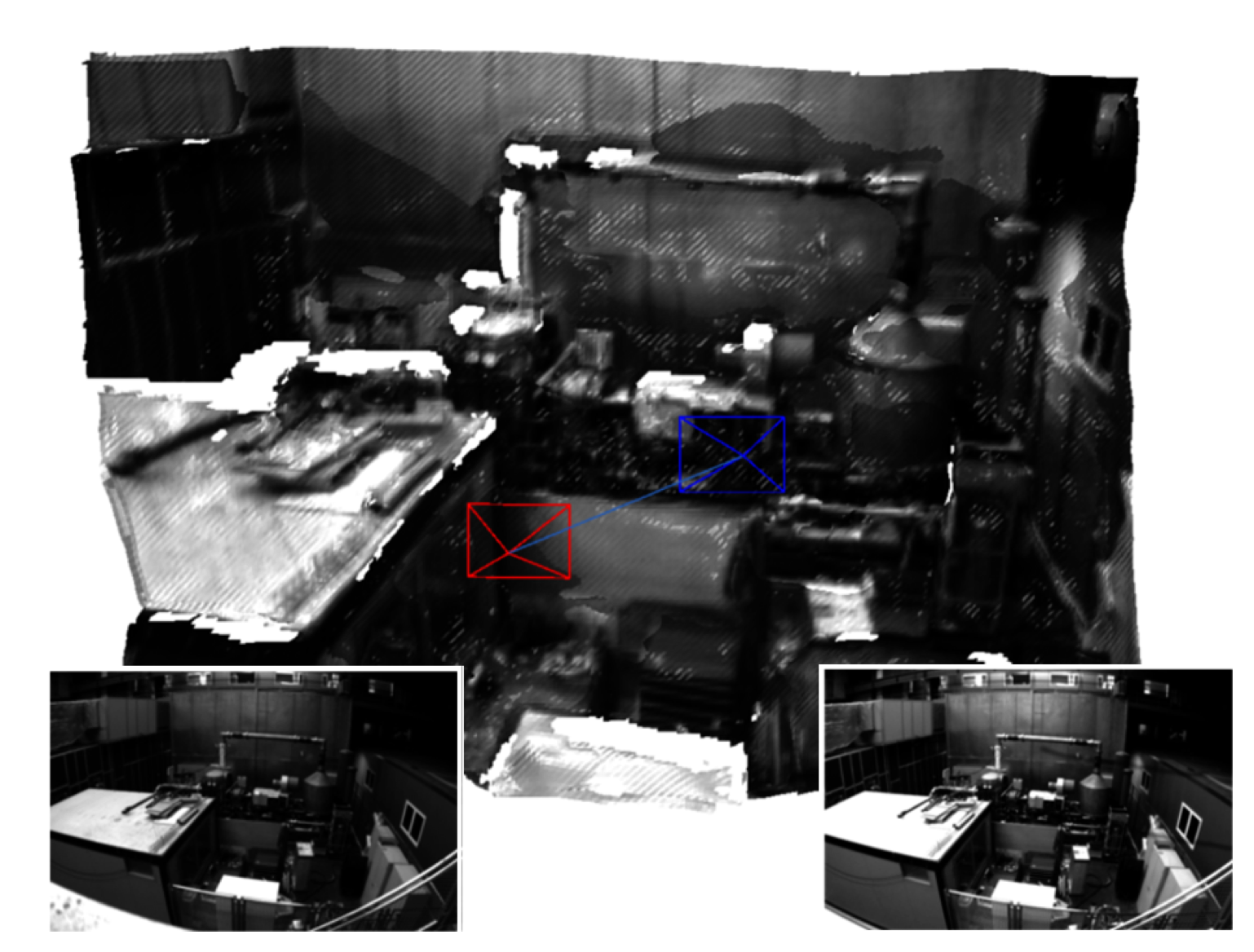Clarity Technologies Inc. is a technology company that specializes in problems ranging from Big Data and UX to Machine Learning and Artificial Inteligence
Enterprises today need a partner with a differentiated approach to software development, who can support them with their need for rapid application development and management with quick turnaround time.
Our teams are honed by domain experts who help you make pragmatic decisions in selecting the right infrastructure and tools without losing sight of your product vision.
Barcelona is the ideal place for the new center. The city combines international talent with a dynamic and innovative network of SMEs, entrepreneurs and startups.
In the end, we concluded that we should create something unique, that both, workers and visitors could enjoy. We made the decision to build a digital art sculpture based on data, the source of information for the department of R&D and Artificial Intelligence of the building.
The light and visual installation has been created and designed specifically to fit into the space and transform it using analyzed databases, all in real time.
The platform wants to be the best partner for European companies, regardless of their size, and guide them with the necessary training and assistance to successfully complete their leap to the digital economy.
Generative Design is a process where a basic shape, pattern or object is automatically modified by an algorithm that combines a limited number of steps, rules and parameters.
The representation of geometry in real-time 3D perception systems continues to be a critical research issue. Dense maps capture complete surface shape and can be augmented with semantic labels, but their high dimensionality makes them computationally costly to store and process, and unsuitable for rigorous probabilistic inference. Sparse feature-based representations avoid these problems, but capture only partial scene information and are mainly useful for localisation only.

We propose a new system for generating art. The system generates art by looking at art and learning about style; and becomes creative by increasing the arousal potential of the generated art by deviating from the learned styles. We build over Generative Adversarial Networks (GAN), which have shown the ability to learn to generate novel images simulating a given distribution. We argue that such networks are limited in their ability to generate creative products in their original design.